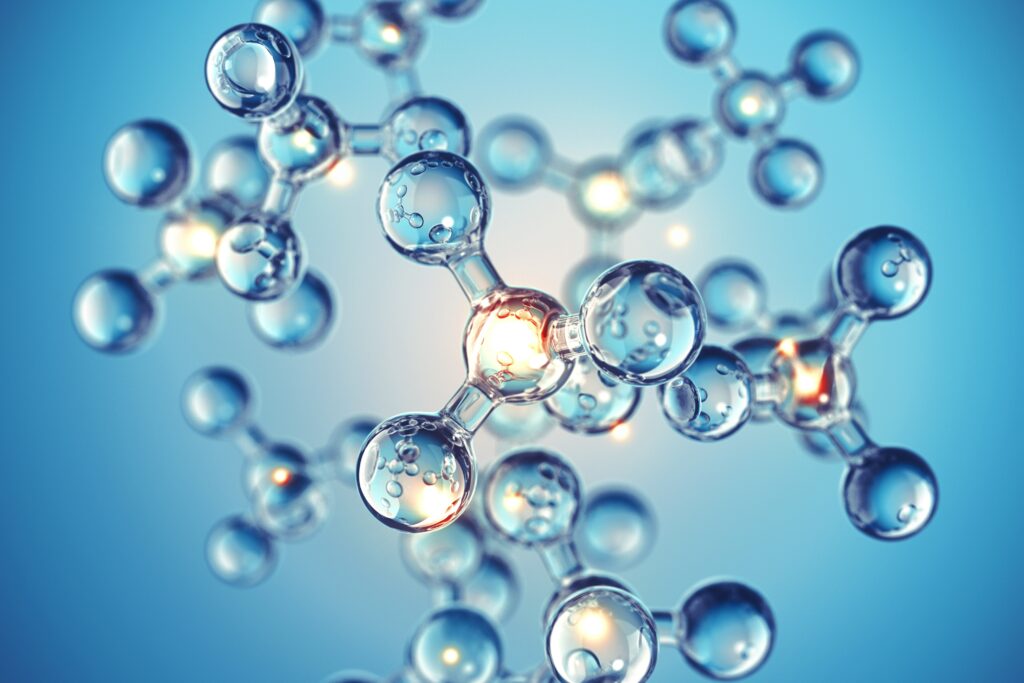Harmonizing Elements: Exploring the Intricate World of Chemistry


Chemistry, often called the “central science,” bridges the gap between physics and biology, revealing the fundamental principles that govern the material world. At its core, chemistry is about the harmonizing elements—understanding how they combine, interact, and transform to create the substances that make up our universe. This intricate dance of atoms and molecules has profound implications for everything from the air we breathe to the medicines that save lives. By exploring the world of chemistry, we can appreciate the delicate balance and elegant simplicity that underpin the complex tapestry of matter.
The Building Blocks of Matter
At the heart of chemistry are the elements, pure substances that consist of only one type of atom. The periodic table organizes these elements based on their atomic structure and properties, providing a framework for understanding how they interact.
Atomic Structure
Atoms, the minor units of an element that retain its properties, comprise three primary particles: protons, neutrons, and electrons. Protons and neutrons form the nucleus at the center of the atom, while electrons orbit the nucleus in various energy levels or shells. The number of protons in the nucleus, known as the atomic number, defines the element.
Electrons play a crucial role in chemical bonding. They can be shared, transferred, or pooled between atoms, forming molecules and compounds. The arrangement of electrons in an atom’s electron shells determines its reactivity and the types of bonds it can form.
Chemical Bonds: The Glue of Compounds
Chemical bonds are the forces that hold atoms together in molecules and compounds. There are three primary types of chemical bonds: ionic, covalent, and metallic.
Ionic Bonds
Ionic bonds form when atoms transfer electrons from one to another, creating positively charged cations and negatively charged anions. This electrostatic attraction between oppositely charged ions holds them together. For example, table salt (sodium chloride) is formed through the ionic bond between sodium (Na) and chlorine (Cl) atoms.
Covalent Bonds
Covalent bonds occur when atoms share electrons, allowing each atom to attain a stable electron configuration. These bonds can be single, double, or triple, depending on the number of shared electron pairs. Water (H₂O) is a classic example of a molecule formed by covalent bonds, where oxygen shares electrons with two hydrogen atoms.
Metallic Bonds
Metallic bonds are characteristic of metals, where electrons are not associated with any particular atom but move freely throughout the metal lattice. This “sea of electrons” accounts for many metals’ unique properties, such as electrical conductivity and malleability.
Chemical Reactions: Transformations of Matter
Chemical reactions involve the breaking and forming of chemical bonds, transforming reactants into products. These reactions obey the laws of conservation: matter and energy cannot be created or destroyed, only transformed.
The Role of Chemistry in Everyday Life
The principles of chemistry are at work all around us, influencing various aspects of our daily lives and the world we inhabit.
Medicine and Health
Chemistry plays a vital role in the development of pharmaceuticals and medical treatments. Understanding the interactions between different molecules allows chemists to design drugs that target specific diseases precisely. For example, developing antibiotics, such as penicillin, has revolutionized medicine by effectively treating bacterial infections.
Environmental Science
Chemistry helps us understand and address environmental challenges like pollution and climate change. By studying the chemical composition of pollutants and their interactions with the environment, scientists can develop strategies to mitigate their impact. For instance, understanding the chemical processes that lead to the formation of ozone-depleting substances has led to regulations that protect the ozone layer.
Agriculture and Food
The chemistry of fertilizers, pesticides, and food additives is crucial for modern agriculture and food production. By optimizing the chemical composition of fertilizers, scientists can enhance crop yields and food quality. Similarly, understanding the chemistry of food preservation helps ensure the safety and longevity of our food supply.
Materials Science
Advances in materials science, driven by chemistry, have led to developing new materials with unique properties. From lightweight, strong composites used in aerospace to biodegradable plastics that reduce environmental impact, chemistry enables the creation of materials that meet specific needs and challenges.
The Future of Chemistry
As we look to the future, chemistry will continue to play a pivotal role in addressing global challenges and driving innovation. Here are a few areas where chemistry is poised to make significant contributions:
Renewable Energy
Developing sustainable energy sources, such as solar, wind, and biofuels, relies heavily on advancements in chemistry. Understanding the chemical processes involved in energy conversion and storage is essential for creating efficient and cost-effective renewable energy technologies.
Nanotechnology
Nanotechnology involves manipulating matter at the atomic and molecular levels to create materials with novel properties. This field holds promise for various applications, from medicine and electronics to environmental remediation. Chemists are at the forefront of developing nanoscale materials that can revolutionize various industries.
Chemistry is a fascinating and dynamic field that explores the harmonizing elements of our world. From the fundamental building blocks of matter to the complex interactions that drive chemical reactions, chemistry provides a deep understanding of the natural world and its underlying principles. By appreciating the intricate dance of atoms and molecules, we can better understand the profound impact of chemistry on our lives and the world around us.
